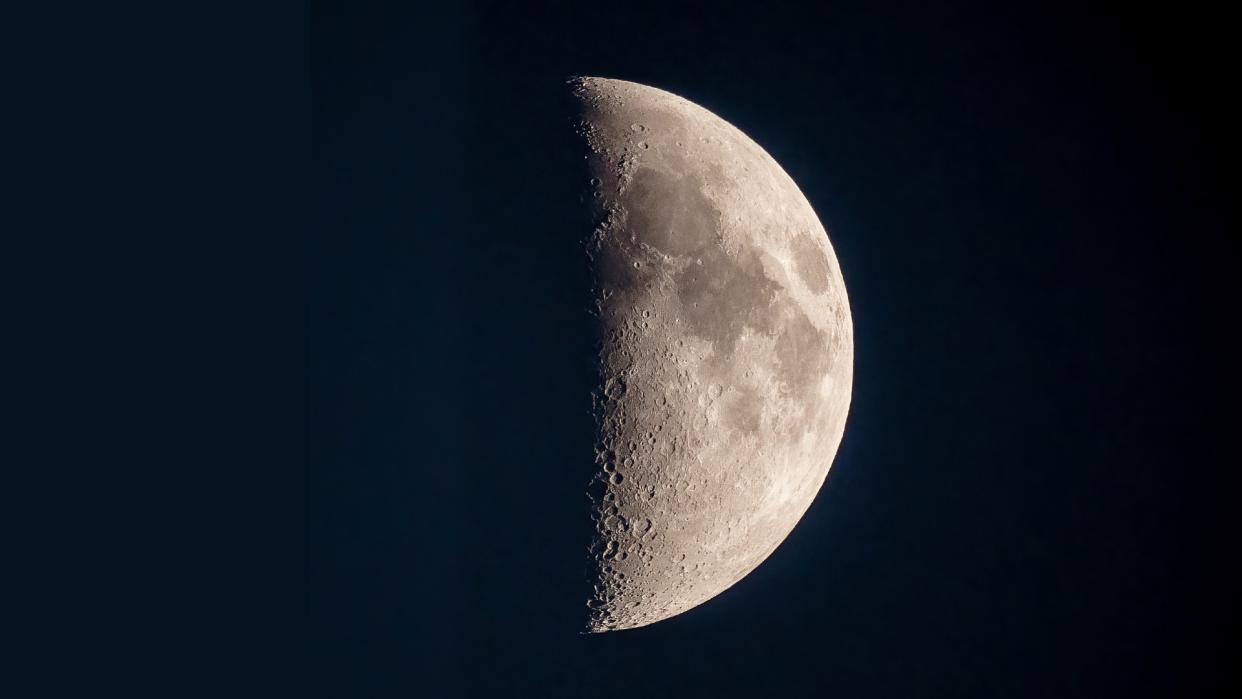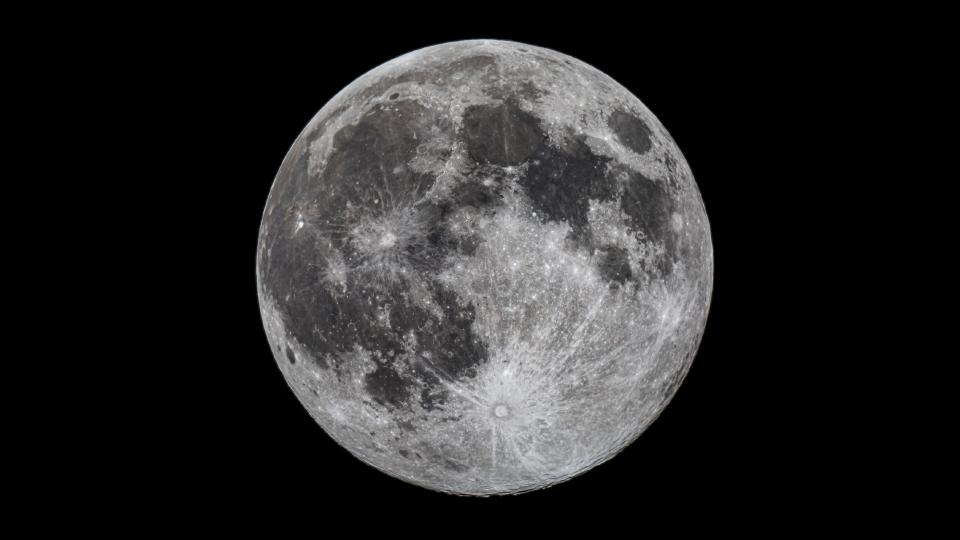It's 'International Observe the Moon Night' tonight. Here's how to participate

It's "International Observe the Moon Night" tonight, and there are a wide variety of ways you can get involved.
First and foremost, the easiest option by far: Get outside and enjoy the moon. The moon will be nearly half-illuminated in its first quarter phase tonight, making it easy to observe many visible features on the lit-up portion of the lunar surface as well as along the terminator — where lunar day and lunar night meet.
However, in addition to simply stepping outside to bask in the glow of a half-lit moon, NASA has created a list of different ways to celebrate the moon tonight and has even assembled a list of events taking place worldwide to help moon-watchers participate. You can search by location to find an event near you.
Related: Full moon calendar 2023: When to see the next full moon
TOP TELESCOPE PICK:

Want to see the moon up close? We recommend the Celestron Astro Fi 102 as the top pick in our best beginner's telescope guide.
International Observe the Moon Night takes place every year in September or October, usually around the moon's first quarter phase. The main goal of the event is to unite people around the world in honor of the moon, whether its for lunar science or simply observation.
Moreover, the event is intended to raise awareness of NASA's lunar science and exploration missions, such as its Lunar Reconnaissance Orbiter and Artemis program, as well as empower individuals to learn more about the moon. Ultimately, the agency hopes to get people excited about observing our natural satellite.
"Everyone on Earth is invited to learn about lunar science and exploration, take part in celestial observations, and honor cultural and personal connections to the moon," NASA wrote in a statement describing the event. "Outdoors, at home, online, or wherever you may be, we're glad to have you with us."
The moon has captivated humanity for as long as we've been on Earth. It is the closest astronomical body to our planet and orbits Earth at an average of 238,860 miles (382,500 kilometers). It is roughly one-fourth the size of Earth in terms of diameter, but in terms of mass, the moon has only 1.2% of the mass that our planet has.

If you're hoping to catch a look at the moon during International Observe the Moon Night (or on any other night, really) our guides to the best telescopes and best binoculars are a great place to help you get an up-close look.
And if you're looking to snap photos of the moon or the night sky in general, check out our guide on how to photograph the moon, as well as our best cameras for astrophotography and best lenses for astrophotography.
Editor's Note: If you snap a gorgeous image of the moon and would like to share it with Space.com’s readers, send your photo(s) and comments along with your name and location to spacephotos@space.com.

